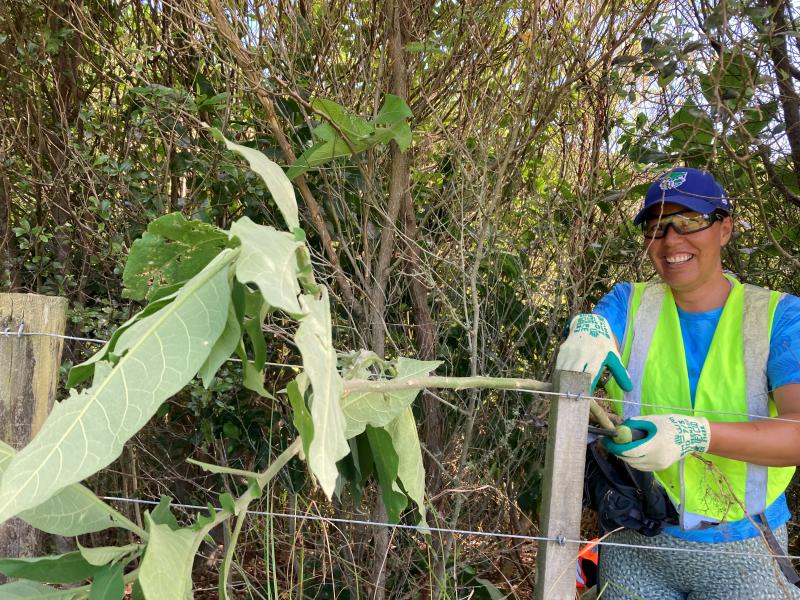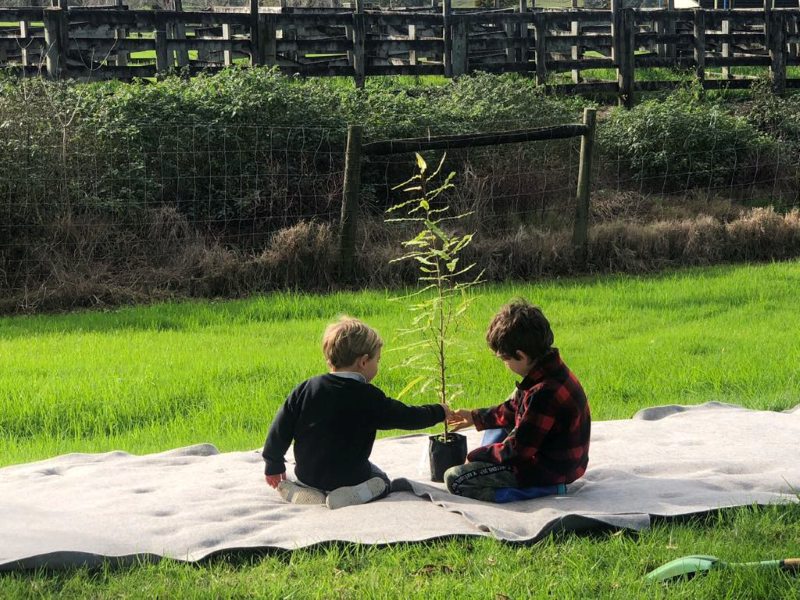WWF-New Zealand position on the use of 1080 for pest control in New Zealand
WWF-New Zealand is supportive of the use of 1080 to control invasive pest species in New Zealand.
WWF-New Zealand is supportive of the New Zealand Government’s ambitious vision of eradicating the most damaging introduced predators (rats, stoats and possums) by 2050.
In its work to facilitate innovation and community conservation, WWF-New Zealand has helped catalyse and promote new ways of controlling invasive pests (such as the use of artificial intelligence to identify pests) and has supported community groups to control pest populations in their local areas.
In New Zealand, invasive pest species are a serious threat to the sensitive and unique environment where the native wildlife and vegetation has evolved in the absence of mammalian omnivores.
New Zealand has the highest rate of endangered species on Earth, with more than 4,000 threatened species. New Zealand has 168 native bird species, 93 of which are found nowhere else. A third of all native birds in New Zealand are in serious trouble.
The Parliamentary Commissioner for the Environment, Dr. Jan Wright, found in her 2011 evaluation of the use of 1080 that although there are other methods that are effective in particular situations, the only practical and cost-effective option that is available for controlling possums, rats and stoats in large and inaccessible areas is an aerially delivered poison. There is no alternative poison available now or in the near future that could be used aerially and would be preferable to 1080. Therefore, WWF-New Zealand is supportive of the present use of 1080 to control invasive pest species in New Zealand.
Controlling invasive pests requires a nationwide effort, from central government through to communities and individuals. Pest control efforts are coordinated by the Department of Conservation, Regional Councils and OSPRI.











